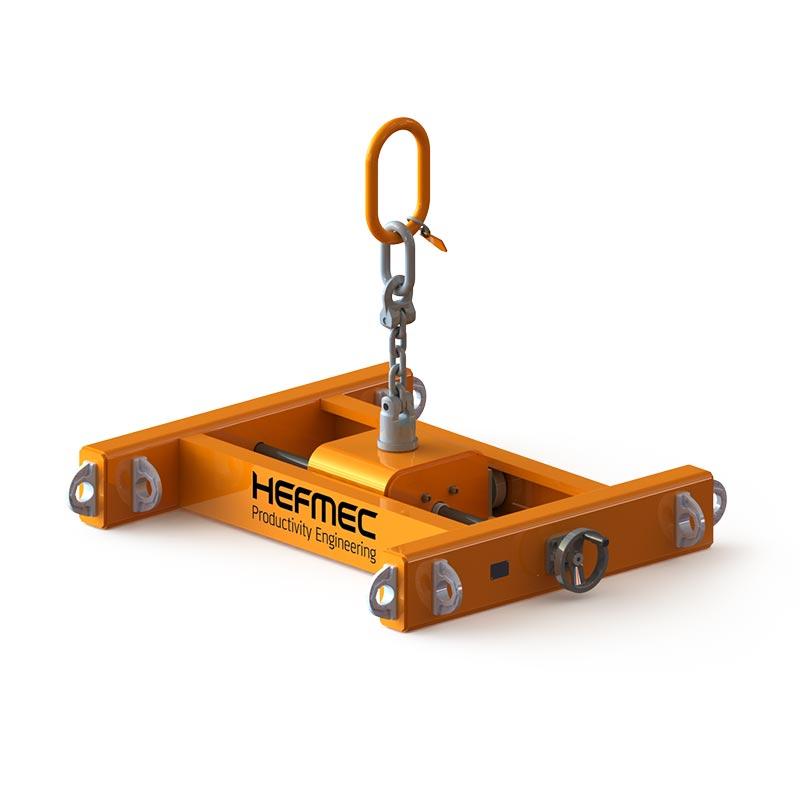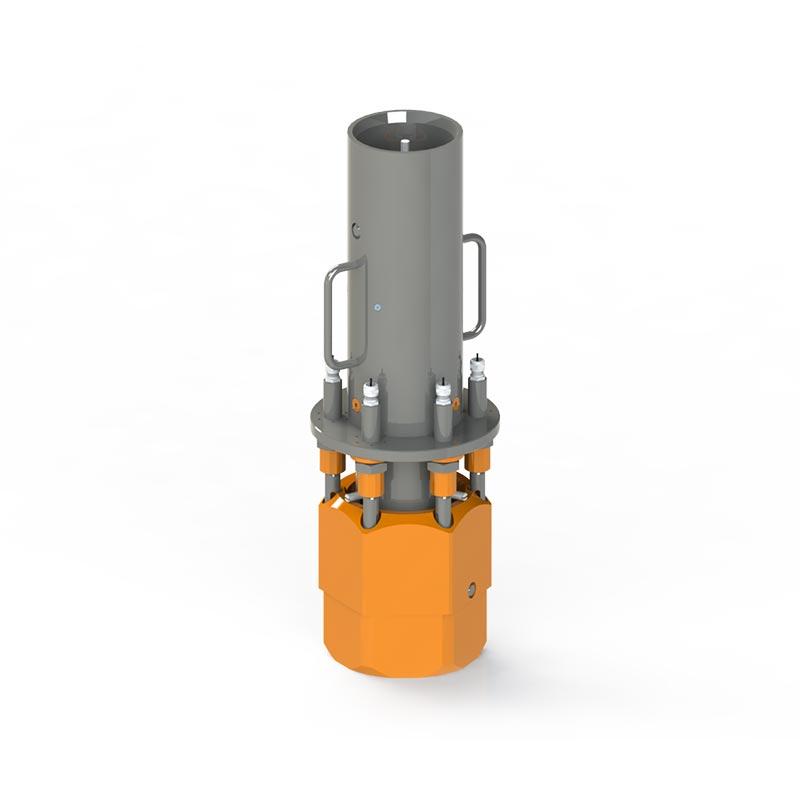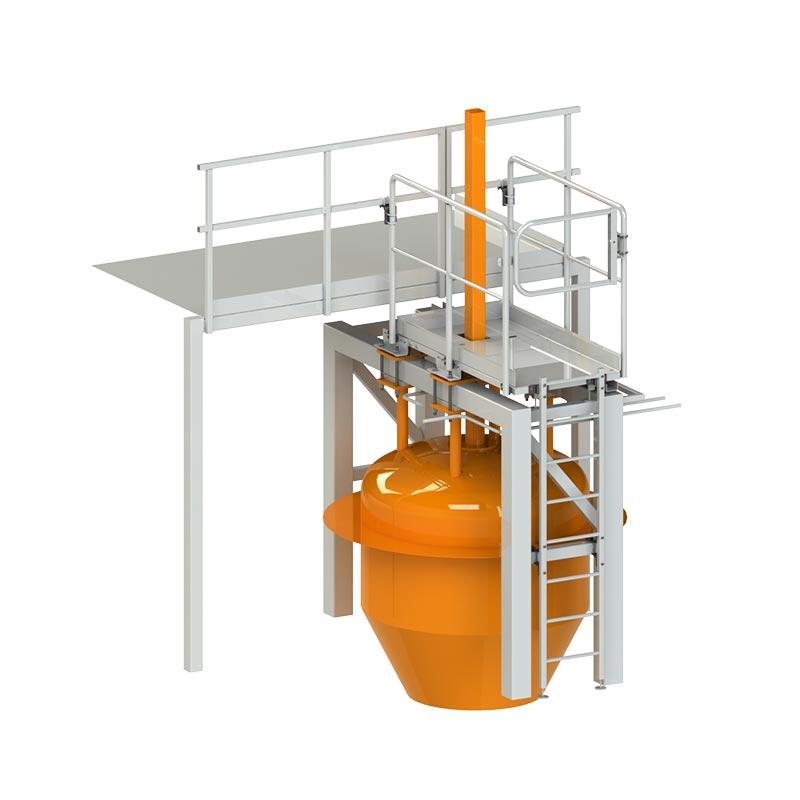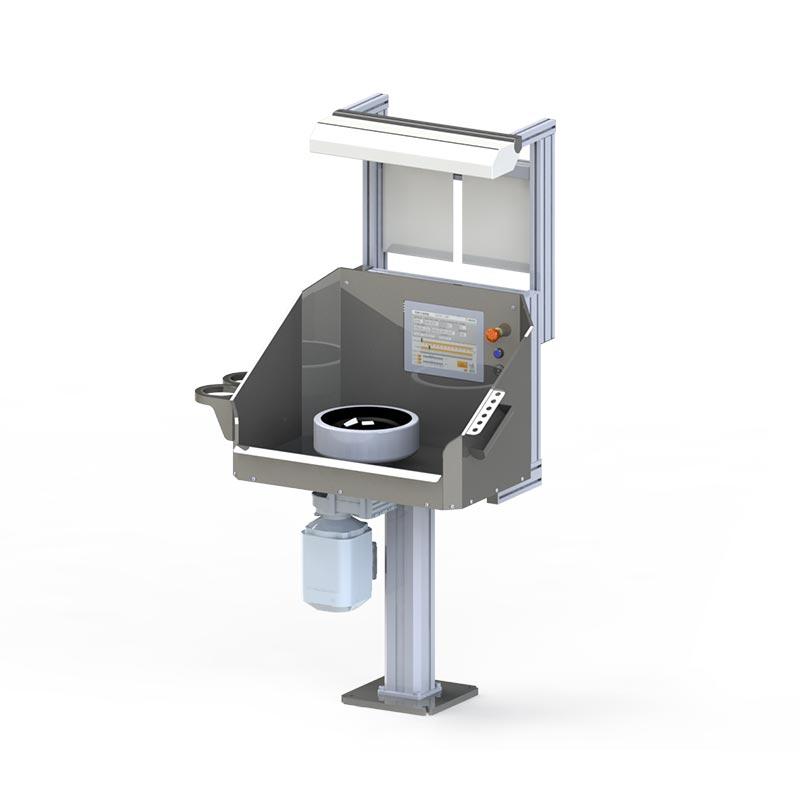Static and dynamic strength calculations are two fundamentally different methods for assessing the durability of structures. Static strength calculation analyses structures subjected to stationary or slowly changing loads, while dynamic strength calculation takes into account time-dependent loads and the vibrations and shocks they cause. The difference is important for design, as dynamic loading can impose many times more stress on structures than static loading, requiring more sophisticated calculation methods and modelling.
What does strength calculation mean in modern mechanical engineering?
Strength calculation is the cornerstone of modern mechanical engineering, enabling the design of safe, durable and cost-effective structures. It is the process of using mathematical and computer-aided methods to ensure that structures can withstand the forces applied to them without fracturing, flexing excessively or fatiguing prematurely.
In modern mechanical engineering, strength calculations are no longer just simple hand calculations, but use advanced Finite Element Method (FEM) analysis to digitally model and simulate complex structures and their behaviour under different loading conditions. This allows design errors to be detected and corrected before prototyping, saving considerable time and resources.
The Hefmec approach sees strength calculation as an integral part of the overall design process. We have seamlessly integrated it into our product development chain, allowing us to optimise structures from the outset in terms of safety, durability and material efficiency. Our fast and efficient FEM analysis ensures that the design process runs smoothly and that solutions are technically and economically correct.
We use strength calculations to anticipate and eliminate potential problems at the design stage, which significantly speeds up the development process. This agile approach means that while others talk in months, we talk in days.
What is static strength calculation and when is it used?
Static strength calculation is a method of analysing structures subjected to unchanging or slowly changing loads. This method considers the equilibrium state of a structure, where forces and moments are constant and the effect of time need not be taken into account. Static strength calculation is used in situations where loads remain constant or change very slowly, such as in many basic industrial applications.
Typical applications of static calculation include:
- Sizing of industrial structures such as scaffolding, cranes and support structures
- Design of pressure equipment and tanks
- Sizing of frame structures for production equipment
- Fixed installations, mainly supporting a standard load
- Documentation of steel structures requiring CE marking
Hefmec uses static strength calculations especially for precision manufacturing technology projects. This includes the frame structures of heavy production equipment, industrial lifting equipment and the design of special tools. We use advanced FEM software to make modelling efficient and accurate.
Static strength calculations are particularly effective in situations where optimisation of structures is important for cost-effectiveness. The calculations allow us to ensure that a structure is strong enough to withstand the loads it is subjected to, while at the same time being as material efficient as possible. This leads to lower material costs and lighter structures.
We always carry out static strength calculations in a way that takes into account all relevant safety regulations and standards. This ensures that the designed structures meet all regulatory requirements and are safe to use throughout their life cycle.
How does dynamic strength calculation differ from static strength calculation?
Dynamic strength calculation differs fundamentally from static in that it takes into account the effect of time on the loads and the response of the structure. While static calculation considers the equilibrium state, dynamic calculation analyses time-dependent phenomena such as vibrations, shocks and wave movements in structures. This makes dynamic calculation much more complex and computationally demanding.
The main differences compared to static strength calculation are:
- Time dependence of loads: in dynamic calculation, loads can vary rapidly as a function of time
- Effect of mass and slowness: the mass and welding characteristics of a structure have a significant influence on its dynamic response
- Vibrations and resonance: dynamic calculation takes into account the natural frequencies and resonance phenomena of the structure
- Damping: the ability of materials and structures to damp vibrations is an essential factor
- Complexity of calculation models: dynamic analyses require more sophisticated numerical methods
| Feature | Static strength calculation | Dynamic strength calculation |
|---|---|---|
| Nature of the load | Constant or slowly changing | Time-dependent, variable |
| Calculation methods | Simpler FEM analyses | Complex transient and vibration analyses |
| Phenomena to note | Tensions, transitions | Vibrations, shocks, resonance, fatigue |
| Need for computing resources | Moderate | High |
Hefmec experts are proficient in both calculation methods and know how to choose the optimal approach for each situation. For dynamic strength calculations in particular, we use advanced software and modelling techniques that enable accurate analysis of complex dynamic phenomena.
Dynamic strength calculation is a key element of safety and reliability in modern mechanical engineering. We have a thorough understanding of dynamic phenomena and are able to take them into account in the design so that the end result is reliable and durable even under demanding dynamic loading conditions.
When is dynamic strength calculation needed?
Dynamic strength calculations are needed whenever a structure is subjected to rapidly changing loads or when the dynamic behaviour of the structure is critical to its performance. These situations are common in industry and the selection of the correct calculation method is crucial to ensure the safety and durability of the structure.
Typical situations where dynamic strength calculation is necessary:
- Rotating and vibrating machinery parts and equipment
- Mechanisms involving rapid movements, such as robots and automation devices
- Impact loading situations, such as presses and crushers
- Structures where there is a risk of fatigue due to repeated loading
- Structures subject to vibrations under operating conditions
- Equipment subject to vibration during transport
In industry, dynamic phenomena are present in almost all equipment that contains motion. For example, in machinery for the paper and pulp industry, mining equipment and process equipment for the metal industry, dynamic analysis is often a necessary part of the design process.
Hefmec provides customers with comprehensive dynamic analyses to help optimise the efficiency and safety of production processes. Our services include:
- Vibration and oscillation analyses to ensure the durability of equipment and minimise disruption to production
- Impact and impact analyses to determine the effects of momentary loads
- Fatigue analyses to estimate the lifetime of structures under cyclic loading
- Resonance studies to avoid the excitation of the structure’s characteristic frequencies in operational situations
Our dynamic analyses help our customers improve the quality, durability and safety of their products. They also allow us to optimise structures to make them lighter and more cost-effective without compromising their durability. This is particularly important in modern product development, where material efficiency and environmental friendliness are key.
How can Hefmec help you choose the right calculation method?
Hefmec’s approach to strength calculation is based on a holistic understanding of customer needs and application requirements. We do not simply perform the calculation, but help the customer to identify which calculation method – static or dynamic – is the most appropriate and cost-effective in each situation.
The process of selecting a calculation method always starts with a thorough discussion with the client. We identify the operating conditions, loading conditions and critical requirements of the structure. Based on this, our experts assess whether the situation is mainly static or whether there are significant dynamic components involved that require more advanced calculation.
When choosing the right calculation method, we take into account factors such as:
- Nature and variation of loads (constant loads vs. variable loads)
- The intended use of the structure and the operating environment
- Safety requirements and standards
- Economic factors and optimisation needs
- Project schedule and resources
Our agile operating model allows us to respond flexibly to customer needs. In many cases, we approach the problem in stages: starting with a simpler static analysis, which quickly gives a basic understanding of how the structure works, and, if necessary, deepening the analysis with a dynamic analysis at the most critical points.
The Hefmec team is made up of experienced professionals who are masters of both linear and non-linear strength calculations. We have the tools and know-how to solve any strength calculation problem, and we always take full responsibility for our work.
Our goal is to provide our customers with technically and economically sound solutions that will continue to improve productivity in the future. That is why we always choose the most appropriate calculation method for each situation, ensuring a reliable and safe result in a cost-effective way.
When you need help choosing the right strength calculation method or want to ensure the durability of your structure, Hefmec experts are ready to help. Contact us and tell us about your needs – together we will find the best solution for your specific case!








